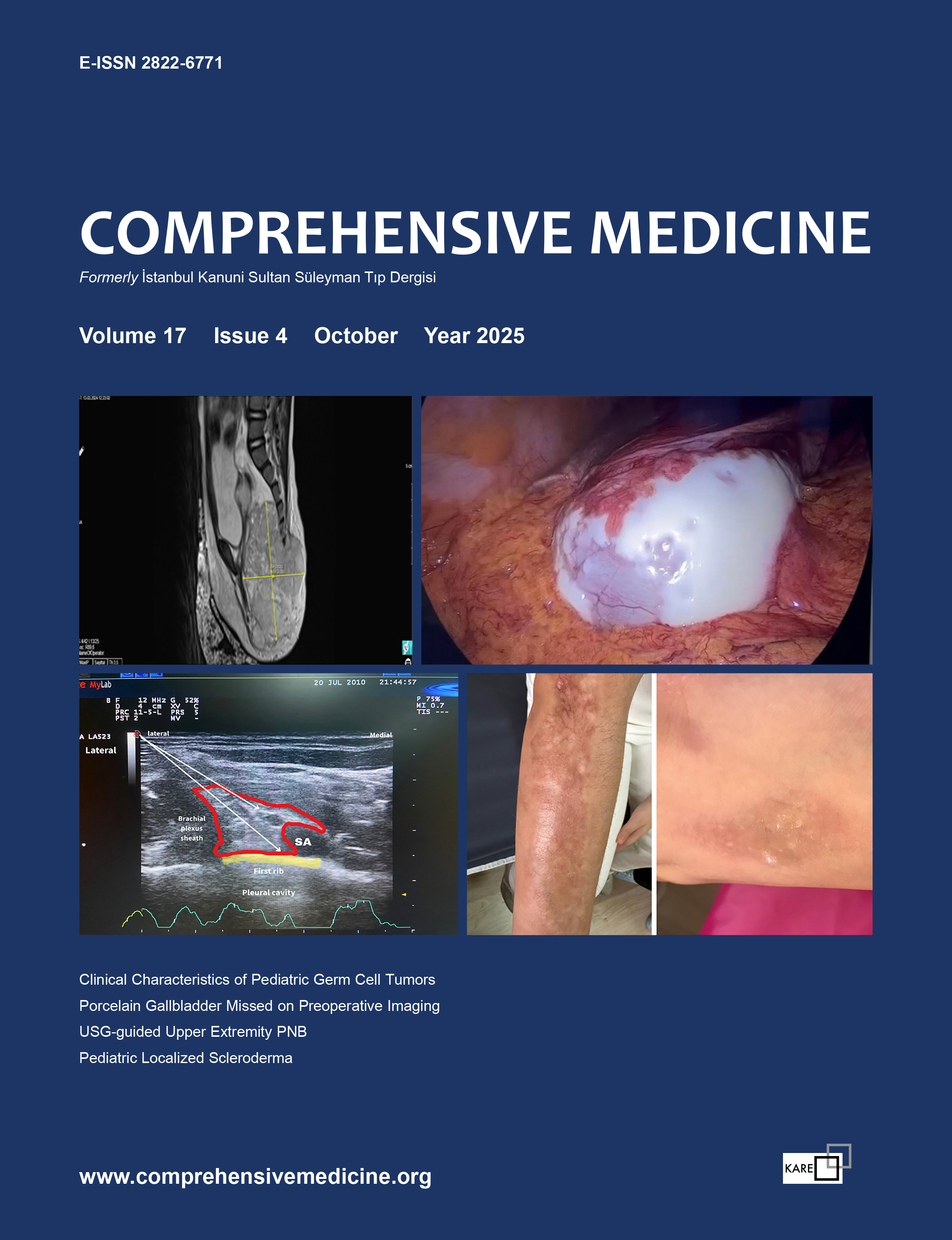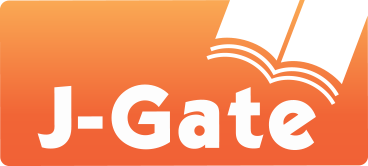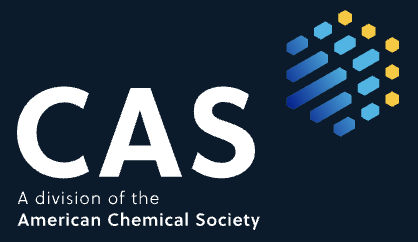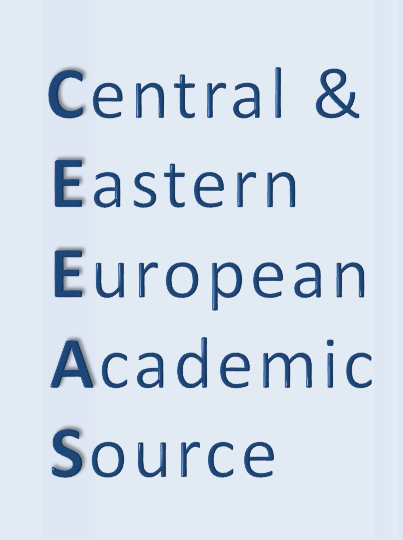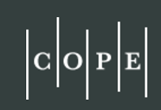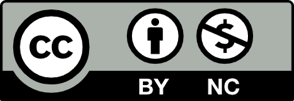The Comparison of the Strabismus Cases Who Underwent Conventional Recession Surgery with the Cases Who Underwent Hang-Back Recession
Hüseyin Gürsoy1, Mustafa Deger Bilgec1, Kubra Kucukiba1, Ertugrul Colak21Department of Ophthalmology, Eskisehir Osmangazi University Medical Faculty, Eskişehir, Turkey2Department of Biostatistics, Eskisehir Osmangazi University Medical Faculty, Eskişehir, Turkey
INTRODUCTION: Retrospective evaluation of the cases who underwent conventional strabismus surgery and the cases who underwent hang-back surgery.
METHODS: The patients who were diagnosed with horizontal strabismus and underwent surgery between April 2014 and June 2015 were retrospectively evaluated. Group 1 included cases that we applied conventional strabismus surgery, and Group 2 included cases that we applied hang-back recession. In Group 2, extraocular muscle was not sutured directly to the sclera. The muscle was hanged back after the sutures were passed through the insertion site of the muscle. Two groups were compared regarding all variables and success rates.
RESULTS: Five esotropia and fifteen exotropia cases with a mean age 16.1±14.3 years formed Group 1. Fourteen esotropia and six exotropia cases with a mean age of 14.8±15.3 years formed Group 2. The mean preoperative angle of deviations were 41.0±11.2 (25-65) PD in Group 1, and 47.8±10.9 (30-70) PD (prism dioptry) in Group 2 (p=0.04), respectively. Ortophoria was obtained in 80% of the cases in Group 1, while this ratio was 75% in Group 2 (p=1). The success rate for esotropia was 80% in Group 1, and 79% in Group 2 (p=1). The success rate for exotropia was 80% in Group 1, and 67% in Group 2 (p=0.598).
DISCUSSION AND CONCLUSION: Hang-back technique may be an alternative to conventional strabismus surgery. However, success rate especially in exotropias should be evaluated with other studies.
Keywords: hang-back, conventional strabismus surgery, strabismus, esotropia, exotropia
Konvansiyonel geriletme cerrahisi uygulanan şaşılık olgularının geriye askı (hang-back) geriletmesi uygulanan olgularla karşılaştırılması
Hüseyin Gürsoy1, Mustafa Deger Bilgec1, Kubra Kucukiba1, Ertugrul Colak21Eskişehir Osmangazi Üniversitesi Tıp Fakültesi Göz Hastalıkları Anabilim Dalı2Eskişehir Osmangazi Üniversitesi Tıp Fakültesi Biyoistatistik Anabilim Dalı
GİRİŞ ve AMAÇ: Konvansiyonel şaşılık cerrahisi uygulanan olgular ile geriye askı cerrahisi uygulanan olguların retrospektif olarak değerlendirilmesi.
YÖNTEM ve GEREÇLER: 2014 Nisan 2015 Haziran ayları arasında horizontal şaşılık tanısı alan ve cerrahi uygulanan hastalar retrospektif olarak değerlendirildi. Grup 1 konvansiyonel şaşılık cerrahisi uyguladığımız olguları, grup 2 ise geriye askı (hang-back) geriletmesi uyguladığımız olguları kapsadı. Grup 2’de ekstraoküler kas skleraya direkt sütür edilmedi. Kas insersiyon yerinden geçirilen sütürlerden sonra geriye bırakıldı. İki grup tüm değişkenler ve başarı oranları açısından karşılaştırıldı.
BULGULAR: Ortalama yaşları 16,1±14,3 yıl olan beş ezotropya, on beş egzotropya olgusu grup 1’i oluşturdu. Ortalama yaşları 14,8±15,3 yıl olan on dört ezotropya, altı egzotropya olgusu grup 2’yi oluşturdu. Cerrahi öncesi ortalama kayma dereceleri grup 1’de 41,0±11,2 (25-65) PD (prisma diyoptri) iken, grup 2’de 47,8±10,9 (30-70) PD idi (p=0,04). Grup 1’de olguların %80’ninde ortoforya elde edilirken, bu oran grup 2’de %75 idi (p=1). Ezotropyalar için başarı oranı grup 1’de %80, grup 2’de %79’du (p=1). Egzotropyalar için başarı oranı grup 1’de %80, grup 2’de ise %67 idi (p=0,598).
TARTIŞMA ve SONUÇ: Geriye askı tekniği konvansiyonel şaşılık cerrahisine bir alternatif olabilir. Ancak özellikle egzotropyalardaki başarı oranı başka çalışmalarla değerlendirilmelidir.
Anahtar Kelimeler: geriye askı, konvansiyonel şaşılık cerrahisi, şaşılık, ezotropya, egzotropya
Manuscript Language: Turkish


